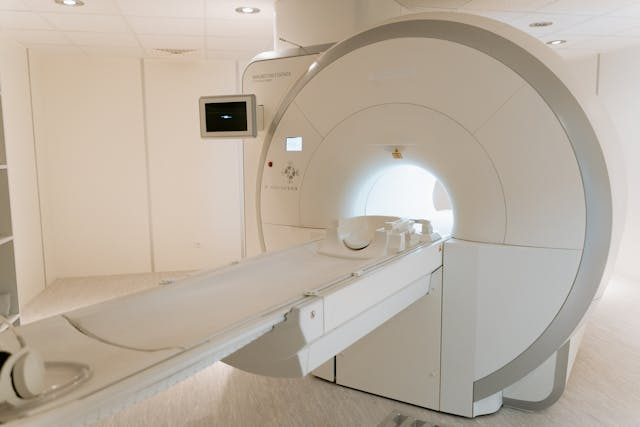
Why do we get Gallstones? Are Gallstones dangerous?
Time to read 3 min
Time to read 3 min
Essentially, if your liver produces greater amounts of cholesterol than your bile can dissolve, then there is a possibility of gallstones forming after crystals start developing. They are hardened segments of bile that can form inside your gallbladder and your bile ducts.
That's why testing through imaging and blood tests is vital to detect gallstones and get treated. You can take medication to dissolve the stones or opt for minimally invasive surgery to remove them. Your doctor will be able to make the final decision on what treatment method is required.
It's important to note that gallstones can be dangerous as they can lead to blockages, infections, and inflammation in the gallbladder and the bile ducts. This can impact other systems, reduce your body's ability to metabolize food, and increase your risk of secondary chronic illnesses.
To check if your gallstones can be dangerous, you should get a compete CT scan and ultrasound done to detect the stones. Your doctors may also ask you to do blood tests for checking for complications that can arise out of gallstones.
Through the analysis of the imaging and blood tests, your doctor can suggest medication to dissolve stones that don't pose a direct and immediate harm to the body. If there is a risk factor of the stones blocking the ducts and gallbladder, then surgery is the best way to remove them.
You should also know that you would need to make significant changes in your diet and lifestyle to ensure that your gallstones don't return. For more severe cases, your doctors may also recommend removing the gallbladder through a surgical procedure.
If there is additional risk to the wellbeing of the person, then a procedure called cholecystostomy is performed. In this case, a catheter is introduced into the gallbladder to drain and remove the stones present inside it.
These tests are generally performed to check for gallstones in the system. Your doctor may also recommend additional blood tests if you are managing a chronic condition or have a medical history of issues with the gallbladder.
Blockages and other issues within the gallbladder and ducts can be identified with the HIDA scan. Doctors can use this method to generate visual images that can provide more information about the stones present.
The CT scan is another important method through which the stones can be detected. The overall health of the organs can also be measured through the scan.
An ultrasound is one of the first few tests that can check the health of the gallbladder, the common bile duct, and other organs.
An MRI machine can use magnetic resonance to detect gallstones, as well as provide detailed images of the gallbladder, bile duct, and surrounding organs.
An endoscopic retrograde cholangiopancreatography ERCP combines X-ray and an endoscope to get a better visual of the presence of the gallstones as well as the signs of inflammation.
There are several symptoms that you should track for gallstones such as pain in the upper right area of the abdomen, stomach aches, and nausea. You are more likely to develop gallstones if you have a history of issues related to the gallbladder. Some of the most common symptoms may be indicative of the risk of gallstones, which is why testing is key.
You can get a nausea sensation when you have issues with your gallbladder. This can be present throughout the day, requiring medication, or show signs after meals.
Vomiting that is not connected to another condition can be a sign of gallstones present in the body. They can also be critical to track if you are feeling weak and feverish at the same time.
A clay-like and greyish stool can be a sign of gallstones if there is pain present in the abdominal area. You should track this sign to ensure that you're not neglecting it over time.
You can have pain in the stomach area that is sharp and shooting in nature. You can experience this pain as a dull sensation at first, and get cramping when you're not straining your body.
The yellowing of the skin is an important sign when it comes to gallstones. Jaundice is a complication that can arise out of having gallstones, which is why it is important to track this.
* * Medical Disclaimer - The following information is for educational purposes only. No information provided on this website, including text, graphic, and images, are intended as substitutes for professional medical advice. Please consult with your doctor about specific medical advice pertaining to your condition(s).


